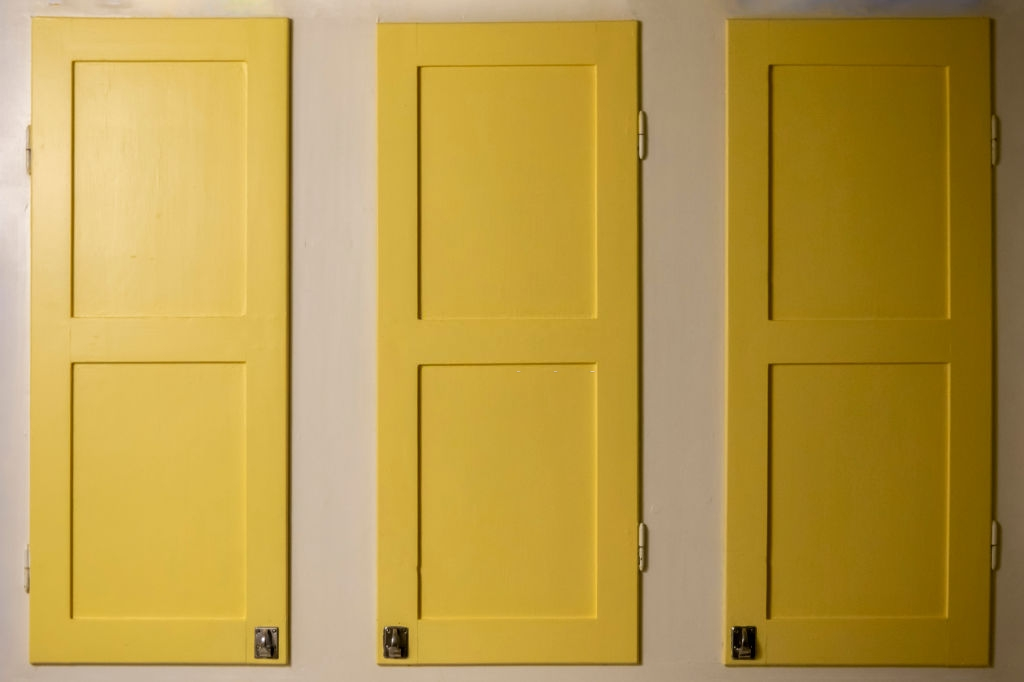Door lock mechanisms are the key security parts of your door. The best way to begin repairing a door lock is to diagnose the cause of the problem by examining the behavior of the lock and after call door repair company.

You may have purchased a new home and wants to improve home security by repairing old broken door locks. You may be a landlord seeking to repair door locks that have been broken into by burglars in order to improve security for your tenants. If you live in Mississauga and simply want to delegate repairs, in this case, door repair in Mississauga will help you.
The process of repairing door jams and broken cylinders have been discussed below.
Repairing door jams
Door closers repair in Toronto and door locks get jammed for several reasons, including accumulation of dirt, misalignments, rusted locks, key broken inside the lock, or frozen locks. We repair all types of door locks.
If he keyway is blocked by dirt, spray a lubricant such as WD-40 or a Teflon-based lubricant into the keyway and the key and then insert the key into the lock and operate gently as the lubricant takes effect. This should be enough to rectify the problem in case the cause of the jam was dirt. In case the jam is caused by frozen moisture in the interior lock mechanism or on the keyway that will not allow the key to go through, warm up the lock with a blow drier or use a de-icer to solve the problem. If the jam is caused by a broken key, you can use a jigsaw blade, a pair of tweezers, or needle-nose pliers to grip and pull the key unadventurously out. If this fails to work, use a broken key extractor to remove the broken piece.
Sometimes the door gets jammed as a result of a simple misalignment, which is a common issue with deadbolts and single latch locks. In many homes, the problem comes in as a result of many years of usage as the lock gets old. Or as a result of a door that sags due to lose hinges during door hinges repair in Toronto and GTA. Fill a small section of the deadbolt so that it can fit evenly into the strike plate or if this is not the culprit, set your door and tighten the hinges.
Rusted door locks should be lubricated in the same way as locks jammed with dirt. This will also reduce the rusting effect on your locks. However, if the rust is too much, it will be more effective to replace the lock.
Repairing broken lock cylinders
Door locks fitted with lock cylinders are highly predisposed to cylinder breaks when there I a large portion of the cylinder hanging on the exterior. When this happens, unscrew the old door cylinder and remove it using screwdrivers. Remove the screws on the door, attaching the door lock to the door cylinder. The screw holds the door cylinder in place to avoid cylinder picks by thieves or trespassers. If your door cylinder is picked, your property is highly exposed to insecurity as the door will not be locked without the cylinder on the lock. Once you have removed the screws, insert the key into the cylinder and turn it to the 2 o’clock position. At this position, pull the key out and it will come with the door cylinder. Replace the cylinder with the appropriate size and brand of a door cylinder by inserting the cylinder key to its position and turning it to the 2 o’clock position. Insert the cylinder into the door and turn the key. Screw up the cylinder during wood door repair by skilled technicians or door lock repair.

